Whether you are a pilgrim seeking blessings, a history buff tracing ancient paths, or a traveller collecting moments that matter, Ayodhya welcomes you in a way that it feels less like travel and more like homecoming - like an ancient city spreading its charm on modern souls.
Divinity is in the unusual, and if there’s any Indian city that speaks of singular ways, it is Ayodhya. This isn’t just a small city along the banks of the River Saryu, it is historically rich and conventionally poor. Nothing about the city is ordinary, be it historical, political, geographical or divine. But this complexity is precisely what makes Ayodhya an essential journey. It is a place where ancient mythology, contested history and quiet devotion come together. To travel here is to take a history lesson on foot while on a pilgrimage. But beyond the headlines and the profound religious narrative lies a lively city offering every traveller a slice of life.
Top Things to Do in Ayodhya
Are you ready to learn about wonderful places to see and amazing things to do in Ayodhya?
- Visit the Shree Ram Janmabhoomi Temple
- Seek Blessings at Hanuman Garhi
- Experience Kanak Bhawan
- Spend Quality Time at the Sacred Ghats of Saryu
- Explore Tulsi Smarak Bhawan
- More Places to See in Ayodhya
- Places to Visit Near Ayodhya
- Best Time to Visit Ayodhya
- How to Reach Ayodhya
Visit the Shree Ram Janmabhoomi Temple
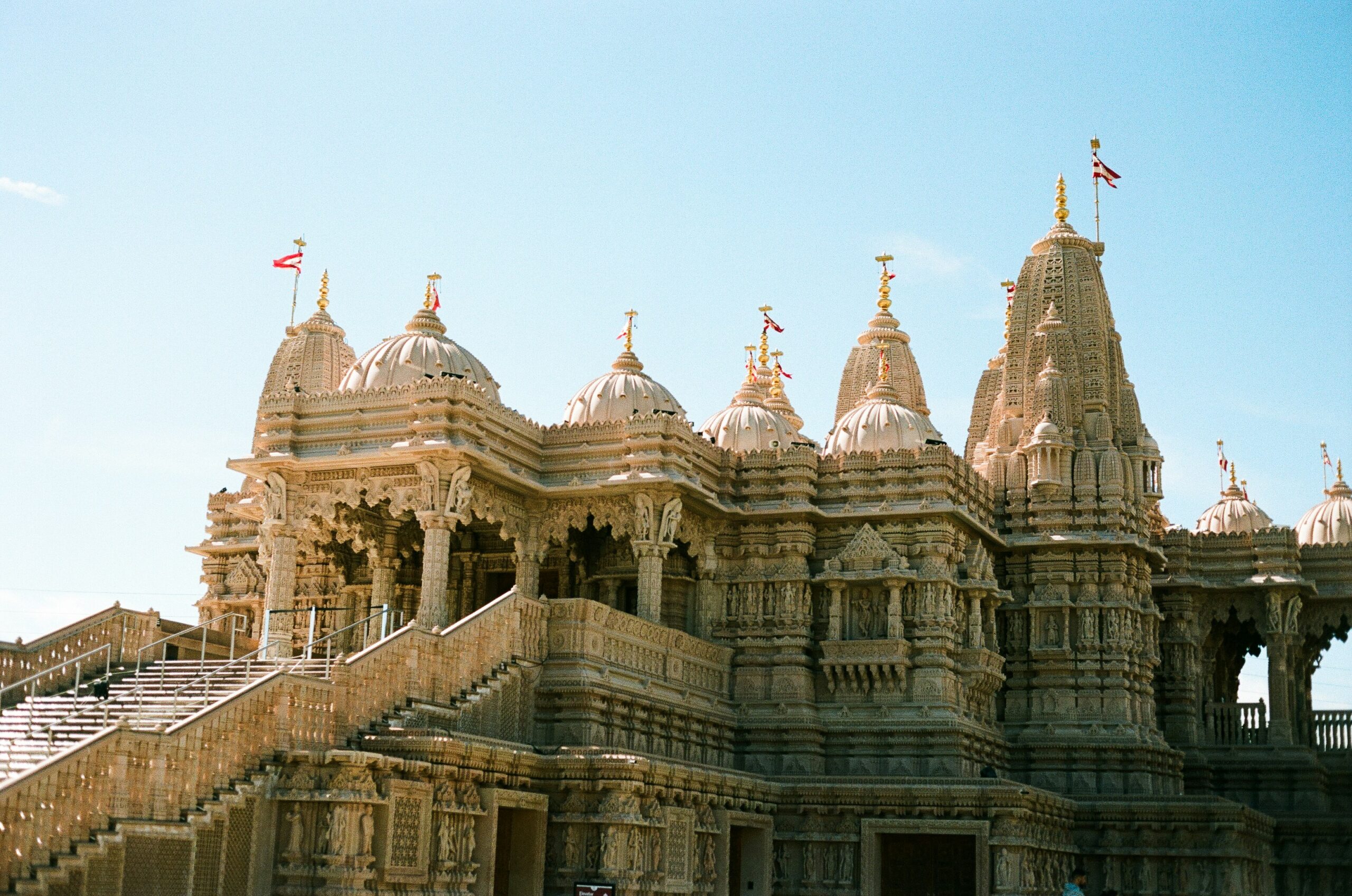
One of the top places to see in Ayodhya is the Shree Ram Janmabhoomi temple, the birthplace of Lord Rama. This place, mentioned in the ancient epic Ramayana, is a modern symbol of victory, resilience, and the collective patience finally taking form.
The 71-acre temple is designed in the Nagara-style architecture, built to stand for at least a millennium, and uses not an iota of iron in its sculpture. The temple’s gold-plated shikara (dome) above the sanctum sanctorum reflects peace to hopeful eyes who waited for eternity for such a place of worship. The sanctum sanctorum holds a statue of Ram Lalla (Lord Rama in child form), surrounded by multiple mandaps. Every year, on Ram Navami, an innovative anointment ceremony takes place in the temple when the idol is anointed with sun rays guided by a system of mirrors and lenses, blending science and spirituality in an awe-inspiring way.
- Location: Ram Janmabhoomi Path, Ayodhya
- Timings: 6 AM – 9 AM (Darshan timings may vary)
- Entry: Free. Security screening is mandatory. Aarti booking is available online.
- Good-to-know: Weekday mornings have a smaller crowd. Photography restrictions apply inside the sanctum. Best to carry minimal belongings as you pass through multiple security checks.
Seek Blessings at Hanuman Garhi
If Ayodhya has a guardian, it’s Hanuman, the most devoted companion of Lord Rama. One of Ayodhya’s famous places, this temple is dedicated to Lord Hanuman and is perched atop a hillock near the Ram temple. It is a test of devotion; you need to climb 76 steep steps to access this temple. Each step you climb, slowly leaving the mundane world below, breathless and humbled, you will realise why pilgrims insist on visiting this temple before any other in Ayodhya.
The main sanctum has an idol of Bal Hanuman (Lord Hanuman in child form), resting with his mother, Maa Anjani. The temple’s walls, painted in hues of orange and red, reach the heart of devotees through the door of the eyes. On Tuesdays and Saturdays, the crowd is at its peak, chanting “Jai Bajrang Bali” collectively.
- Location: Hanuman Garhi Road, Ayodhya
- Timings: 5 AM to 10 PM
- Entry: Free
- Good-to-know: Visit during early morning aarti for a quieter experience. The sunset view from the temple courtyard promises breathtaking views of Ayodhya city.
Experience Kanak Bhawan
One of the most loved places to visit in Ayodhya is Kanak Bhawan, believed to be a gift of marriage, given by Queen Kaikeyi to Goddess Sita after her marriage to Lord Rama. This beautiful temple, which gleams with the golden idols of Lord Rama and Devi Sita, sitting side by side, is a perfect symbol of eternal companions frozen in divine union.
The temple’s architecture mixes Rajput and Awadhi styles, with detailed wall paintings depicting scenes from the epic Ramayana. Young couples regularly visit here to seek blessings for marriages as enduring as Lord Rama's and Devi Sita's love. When looking for romantic things to see in Ayodhya, visit Kanak Bhawan for a taste of divine courtship through devotional songs and an ambience wrapped in the fragrance of incense.
- Location: Kanak Bhawan Road, Tulsi Nagar
- Timings: 7 AM to 12 PM and 4 PM to 9 PM
- Entry: Free
- Good-to-know: Photography is allowed in the outer areas but restricted in the main hall.
Spend Quality Time at the Sacred Ghats of Saryu
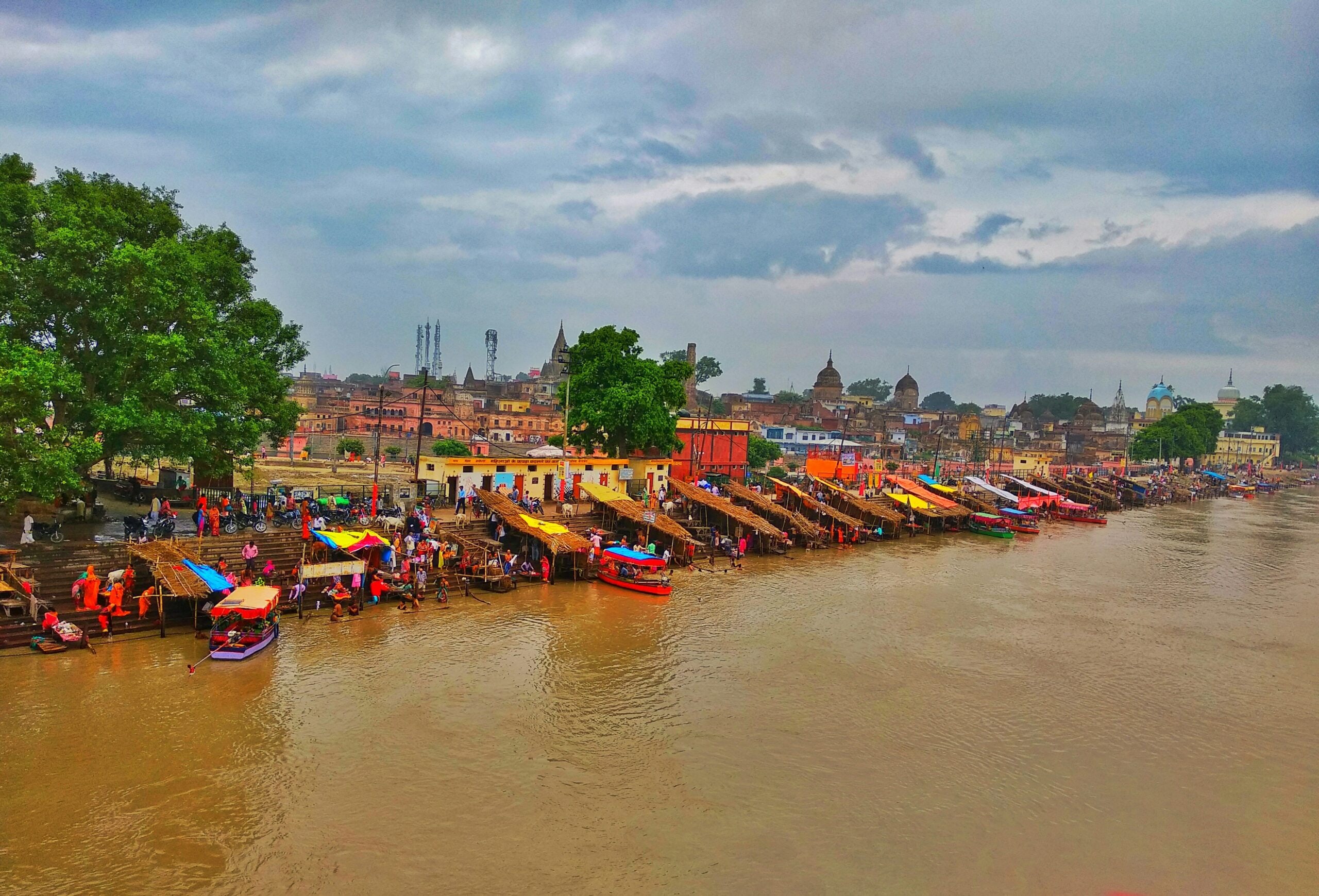
Among the places to visit in Ayodhya, the ghats (steps leading down to a river) deserve unhurried attention. The most famous, Ram ki Paidi, where devotees have bathed for generations, stretches along the riverbank where devotees have bathed for generations. The early mornings at these ghats are as magical as they are mystical. As the sun arrives on the horizon, you can hear temple bells from a dozen directions.
Guptar Ghat is a spot where Lord Rama is believed to have taken jal samadhi (immersion in water). It is one of those places to see in Ayodhya where the air shifts from celebratory to contemplative. Every year during Deepotsav, these ghats turn into a galaxy of earthen oil lamps. Millions of these lamps create a jaw-dropping spectacle that has entered the Guinness World Records.
Main Ghats to Visit in Ayodhya:
- Ram Ki Paidi: Main bathing ghat
- Guptar Ghat: Lord Rama’s departure site
- Laxman Ghat: Named after Lord Rama’s devoted brother
Best Time: Early morning (5 AM to 7 AM) for aarti; Evening for Deepotsav if visiting during the festival
Activity Tip: Take a boat ride during sunset. The changing light on temple domes around creates a spectacle worth experiencing.
Explore Tulsi Smarak Bhawan
Before the temples and ghats, there was the word. And in Ayodhya, no words matter more than those written by the revered poet Goswami Tulsidas in his Ramcharitmanas (an epic poem on the life and deeds of Lord Rama). The Tulsi Smarak Bhawan museum pays homage to this poet-saint who retold the Ramayana in the language of common people.
The museum is full of ancient manuscripts, rare editions of the Ramcharitmanas, and things related to Tulsidas’s life. For literature lovers looking for intellectual things to do in Ayodhya, this is the spot to visit. The air of studying and contemplating here is alluring and meaningful.
- Location: Naya Ghat, near Ramkot
- Timings: 9 AM to 6 PM (Closed on Mondays)
- Entry: ₹10 for Indians, ₹50 for foreigners
Places to Visit in Ayodhya
Beyond the must-visit places in Ayodhya, many other fascinating destinations should be on your Ayodhya tourism itinerary if time allows. These famous places in Ayodhya add layers to your spiritual journey.
- Jain Shrines: You can explore the temples dedicated to the five Jain Tirthankaras whose birthplaces are in Ayodhya, and visit this tranquil spot for meditation.
- Nageshwarnath Temple: Established by Lord Rama's son Kush for a Naga princess, this Lord Shiva temple is a powerful site that blends the city's Vaishnav and Shaivite traditions.
- Gulab Bari: You can pay a visit to this beautiful mausoleum (tomb) of Nawab Shuja-ud-Daula to witness fine examples of Awadhi and Islamic architecture, set amidst picturesque gardens.
- Treta Ke Thakur: This temple is believed to be the place where Lord Rama performed a powerful yagya (a fire ceremony).
- Mani Parbat and Sugriv Parbat: For climbers and trekkers, these historic hills give you a unique panoramic view of Ayodhya.
- Ram Katha Park: You can spend a relaxing evening at this spacious open-air amphitheatre that serves as the city’s cultural heart, often hosting devotional performances and Ram-leela stage shows.
- Dashrath Bhavan: You can see the original palace where Lord Rama and his brothers spent their childhood, now a temple showcasing murals and providing a glimpse into King Dashrath's court.
Places to Visit Near Ayodhya
If you are looking for places to visit near Ayodhya, you can consider these wonderful options.
- Faizabad (7 Km): Once Ayodhya’s twin city, this is now a place to witness Mughal-era charm and architecture, including the Gulab Bari.
- Gonda (40 Km): This small town houses the Devraha Baba Ashram, known to attract those looking for spiritual teaching. It is a peace point away from the busier pilgrimage circuit.
- Lucknow (135 Km): Uttar Pradesh’s capital, it will provide you a perfect contrast with Nawabi culture and Awadhi cuisine, and makes for an excellent addition to Ayodhya tour packages.
For those travellers who have time, these places to visit near Ayodhya can add depth to your cultural and spiritual experiences, displaying how Ayodhya sits within a larger picture of North Indian pilgrimage routes.
Best Time to Visit Ayodhya
October to March: This is an ideal window to travel to Ayodhya. The weather stays pleasant (15-28°C) at this time. The grand Deepotsav – one of the most spectacular things to do in Ayodhya if you time it right - falls between October and November.
Ram Navami (March-April): Ayodhya overflows with devotees celebrating Lord Rama’s birthday at this time. Book early to tackle limited accommodation on Ram Navami.
Summer (April-June): Temperatures can rise up to 45°C in peak summers. If you plan to visit during these months, it is better to visit temples early in the morning or late evening.
Monsoon (July-September): This period brings huge respite to the city following the summer. The River Saryu is at its roaring best, though ghat activities may be limited.
How to Reach Ayodhya
By Air: Ayodhya Airport (recently operational) offers direct flights from major cities. Alternatively, fly to Lucknow and drive.
By Train: Ayodhya Junction and Ayodhya Cantt stations connect to major Indian cities.
By Road: Ayodhya is well-connected by NH27 and operates regular bus services from Varanasi, Lucknow and other nearby cities.
Local Transport in Ayodhya
E-rickshaws and auto rickshaws dominate the local transport in the city. Most famous places in Ayodhya lie within a 5-km radius from the centre, which makes battery-operated vehicles run the show in the city and around the temples.
Ayodhya Tourism has worked extensively to improve infrastructure and visitor facilities. The city now offers better roads, cleaner ghats, and improved security. If you are visiting for the first time, booking an Ayodhya tour package will ensure you visit the best places in Ayodhya without travel hassles.
FAQs
Q1: What’s a surprising way to experience Ayodhya’s cityscape from above?
Instead of simply walking temple-to-temple, climb the 76 stairs up to Hanuman Garhi. Perched on a hill, the temple gives you sweeping views of Ayodhya’s old rooftops, winding lanes and the sacred Saryu River ghat below. The vantage point turns what might be a routine visit into a visual treat and a moment of quiet reflection.
Q2: Where can you unearth the lesser-seen heritage of Ayodhya, outside the main temples?
Take a stroll through the older lanes of the town where you’ll find traditional merchant-havelis with ornate wooden doors, and hidden libraries that house palm-leaf manuscripts and rare devotional poetry. These spaces whisper stories of Ayodhya’s cultural depth and old community life, often overlooked by standard tourist itineraries.
Q3: What’s an unusual riverside experience in Ayodhya that few plan for?
That would be visiting the ghats of the Saryu River during the evening, not just for the ritual, but for the ambience. As dusk settles, the lights from the ghats reflect on the water, and the riverbank takes on a soft glow. It’s not just about devotion; it’s about listening to the water, seeing the city light up and being part of a calmer rhythm of the town.
Q4: Which off-beat monument reveals Ayodhya’s layered history beyond the Ram legend?
Visit Gulab Bari, the mausoleum of Nawab Shuja-ud-Daula, with its rose gardens and elegant architecture. It’s part of Ayodhya (Faizabad district) but shows the Nawabi era’s imprint on the region, a contrast to the Ram-temple narrative, and a chance to explore a quieter heritage site.
Q5: What’s a subtle but mindful thing you can do in Ayodhya to deepen the journey?
Spend a moment at a small, local library or old temple-courtyard and simply observe life: the priests, the devotees, the walkways. These spaces often carry the atmosphere of thousands of years of devotion and history. Not every visit needs to be rushed; allowing a little silence and observation elevates the experience.










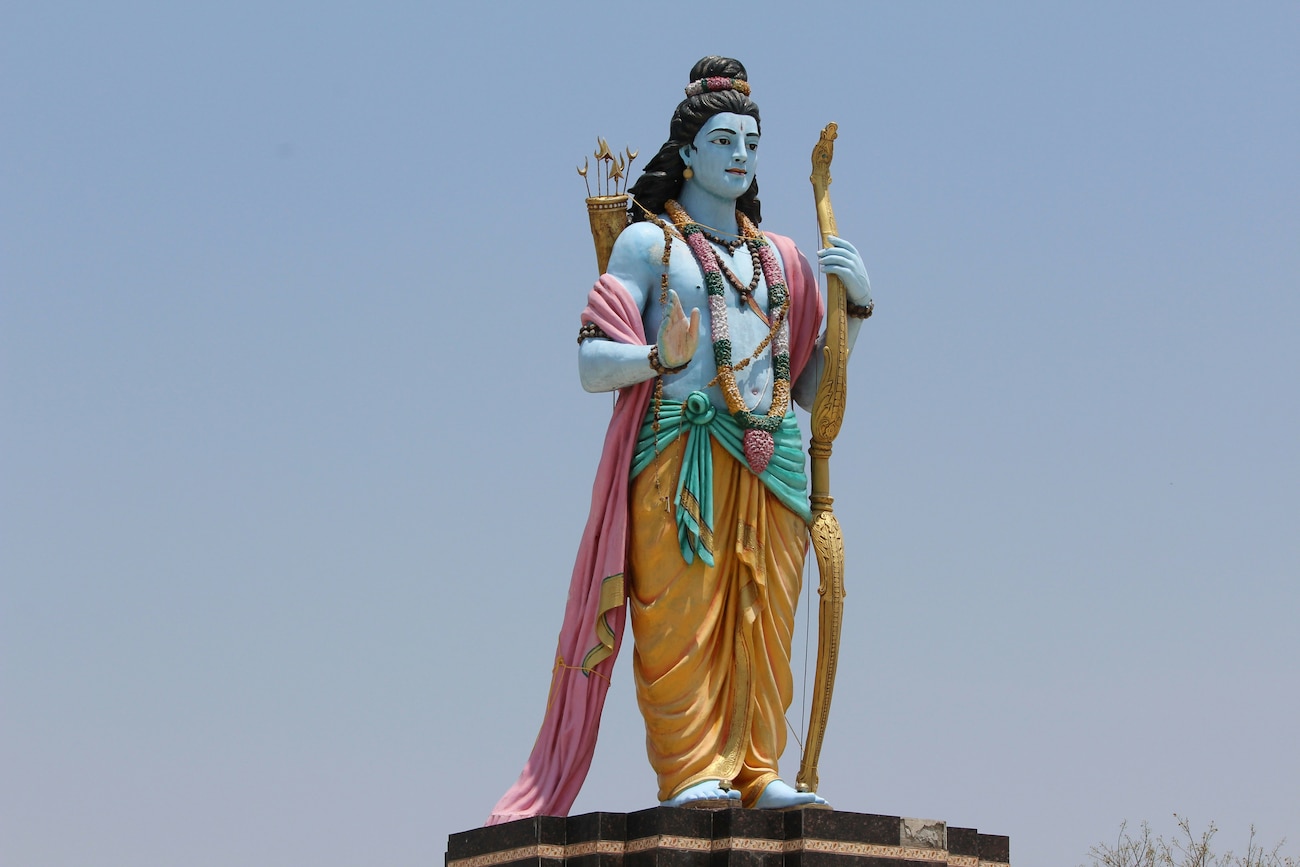

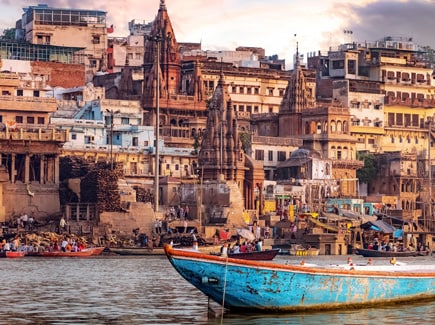
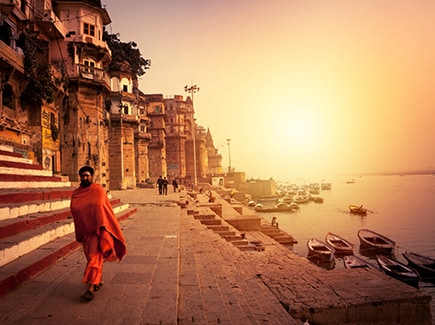

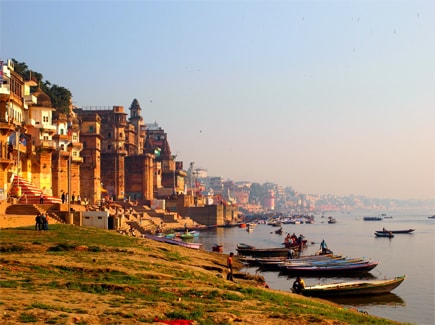




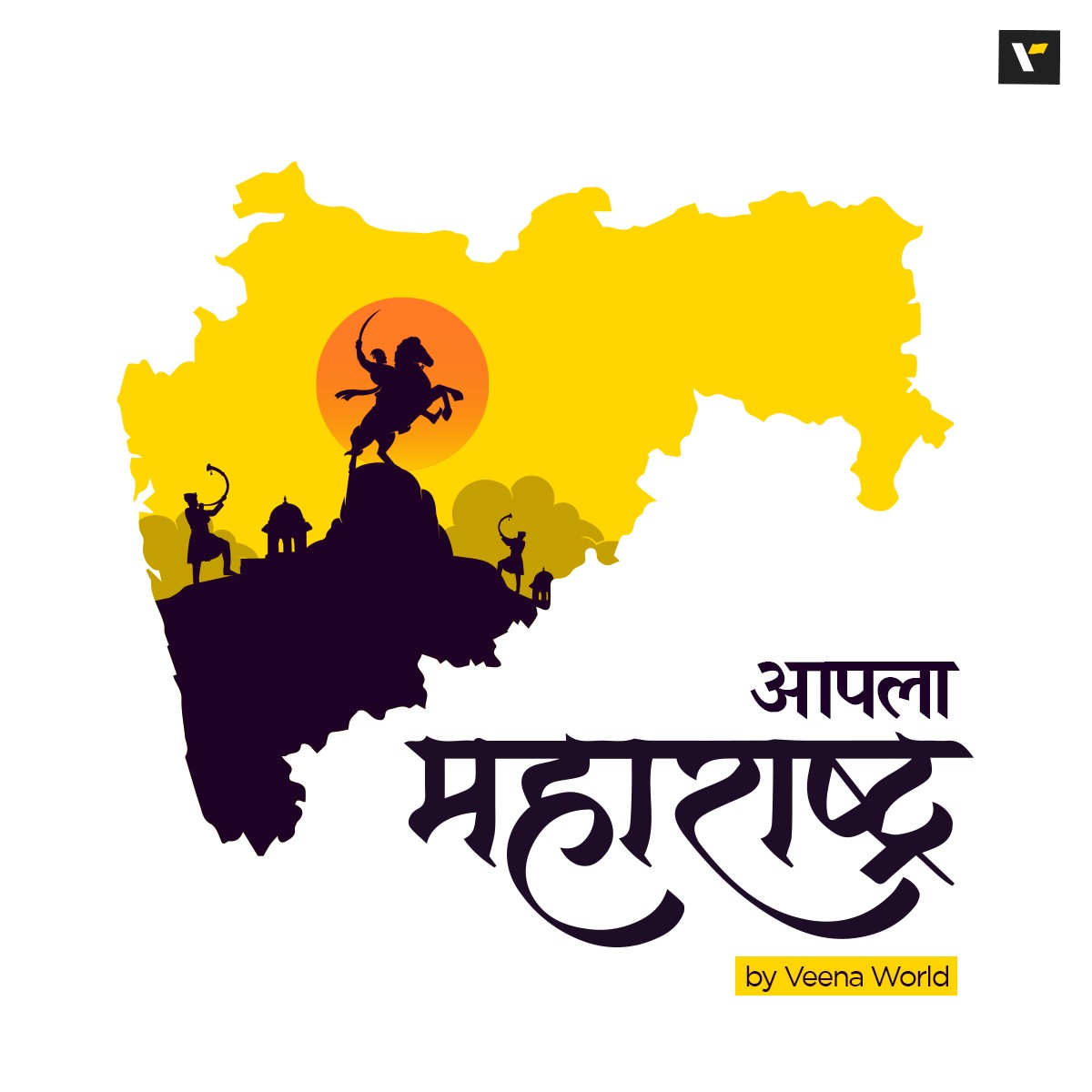








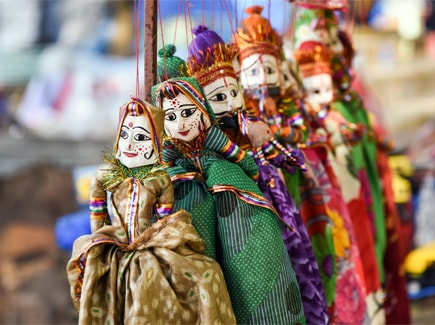











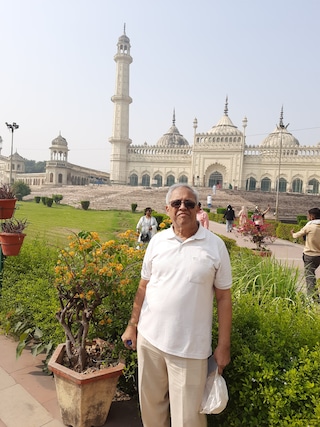


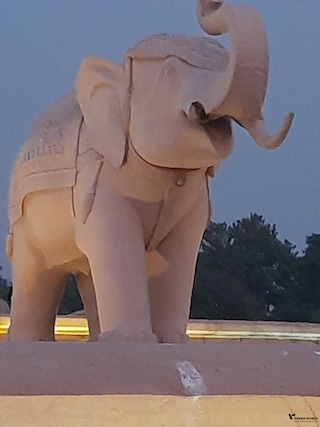
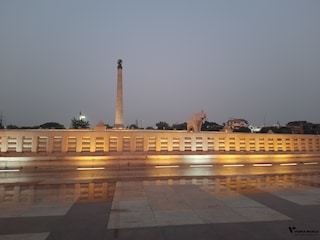
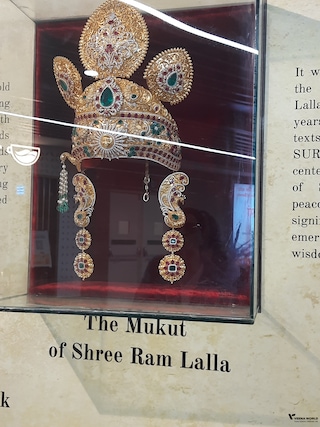







Post your Comment
Please let us know your thoughts on this story by leaving a comment.